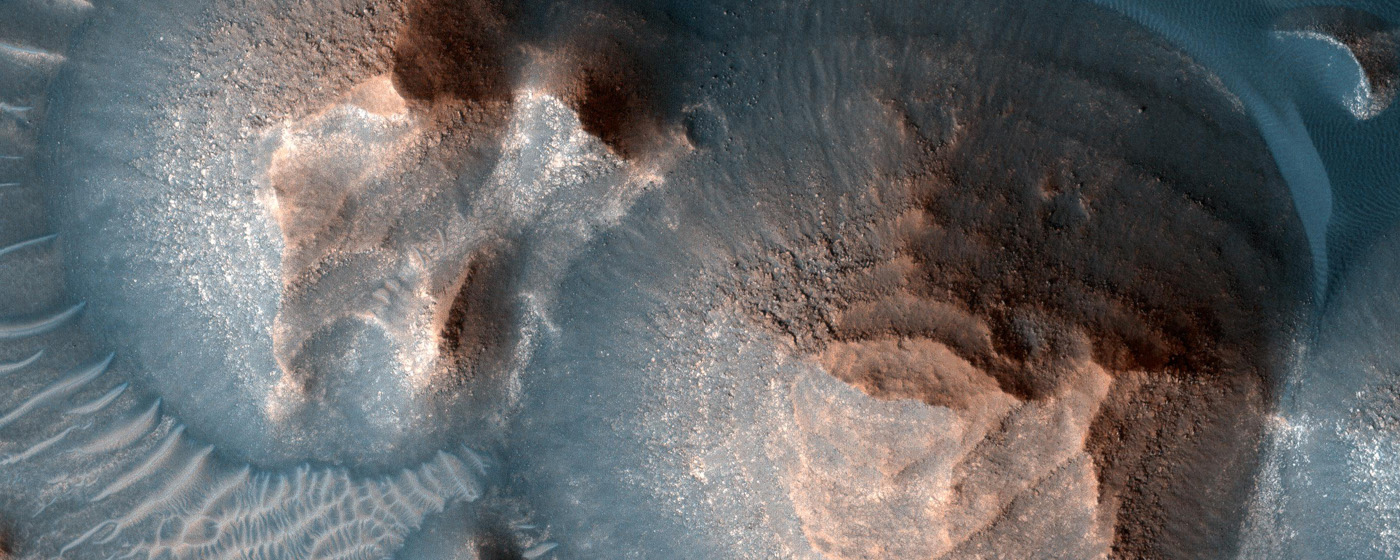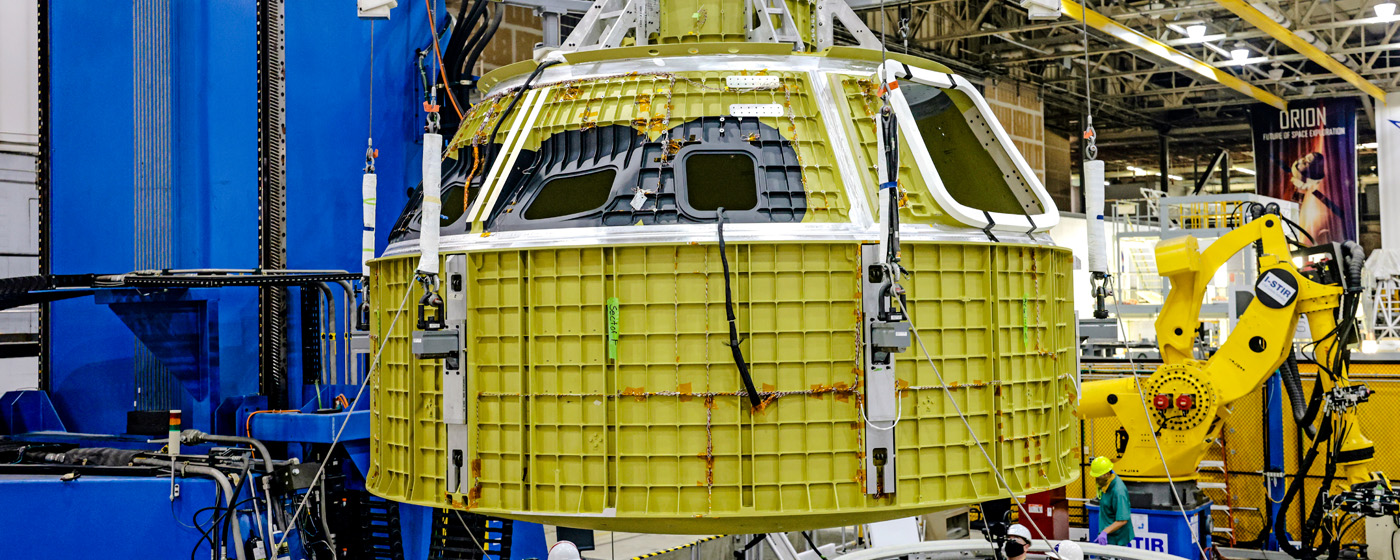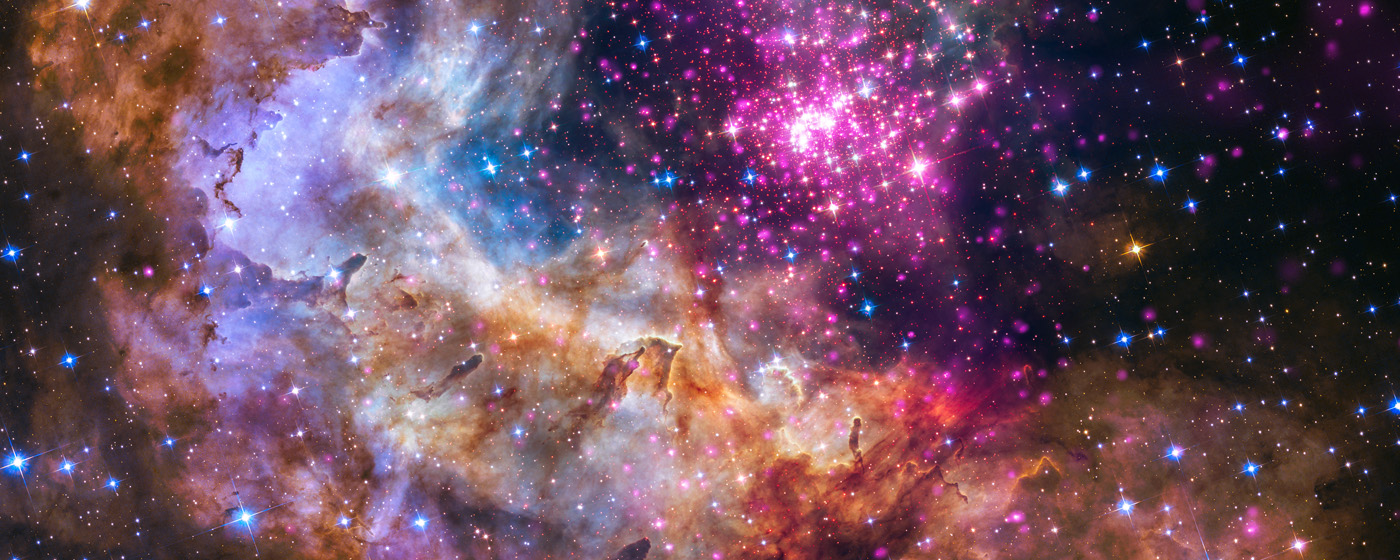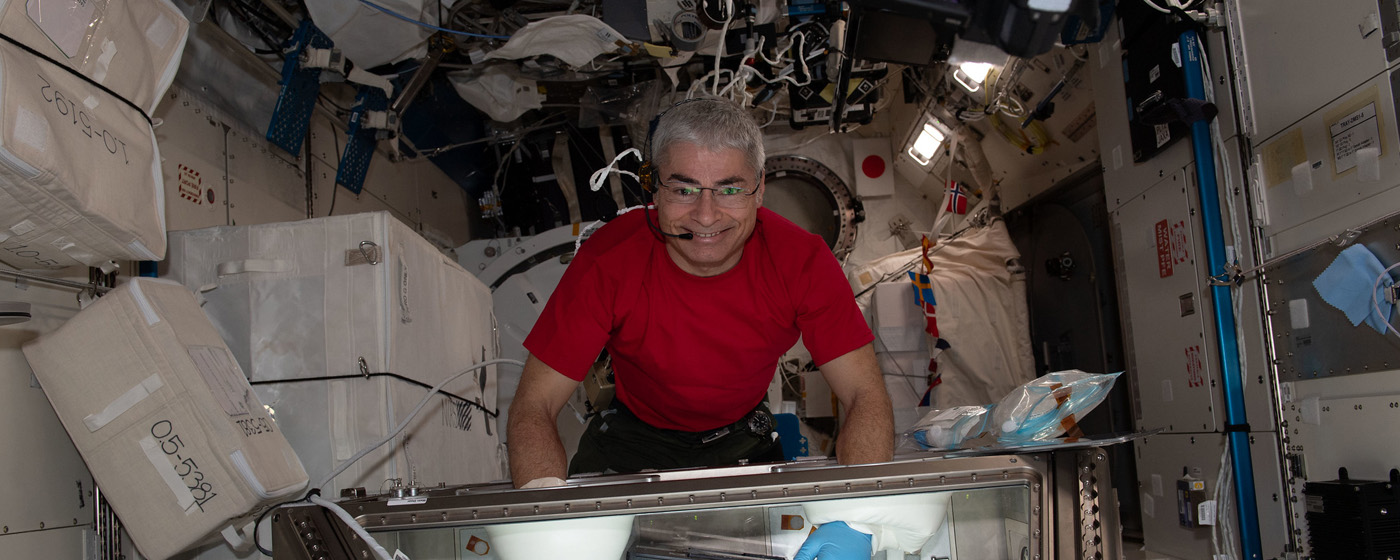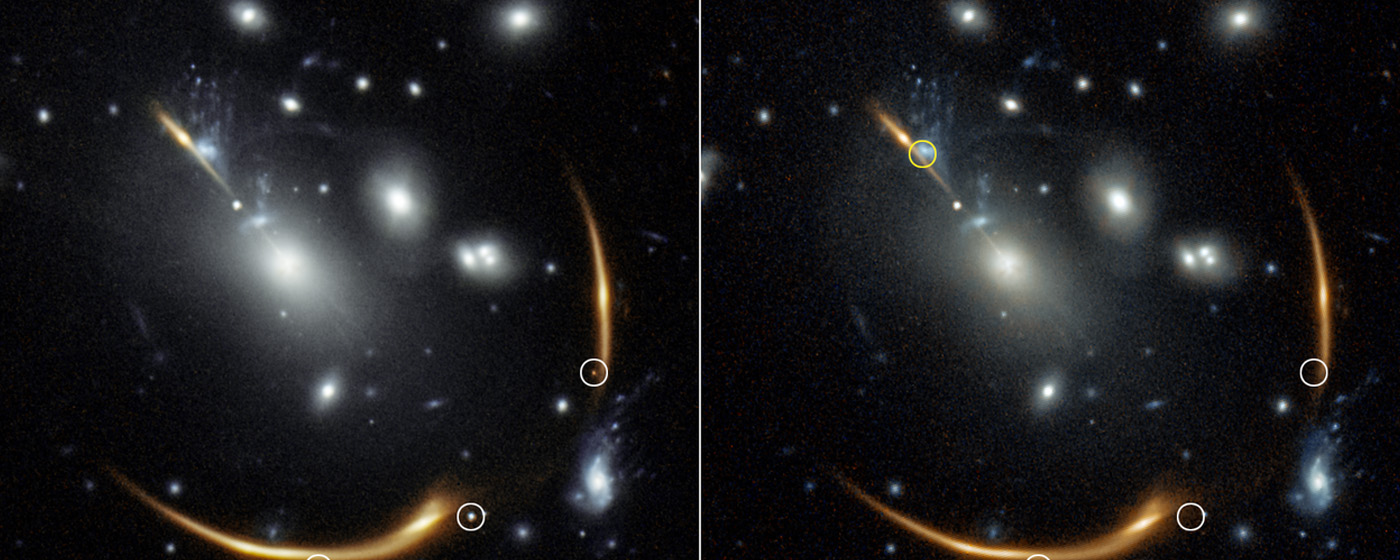NASA Confirms Thousands of Massive, Ancient Volcanic Eruptions on Mars
Some volcanoes can produce eruptions so powerful they release oceans of dust and toxic gases into the air, blocking out sunlight and changing a planet’s climate for decades. By studying the topography and mineral composition of a portion of the Arabia Terra region in northern Mars, scientists recently found evidence for thousands of such eruptions, or “super eruptions,” which are the most violent volcanic explosions known.
Next Generation of Orion Spacecraft in Production for Future Artemis Missions
Over the next decade, NASA’s Orion spacecraft will carry astronauts during Artemis missions to the Moon to help prepare for human missions to Mars. Work on the spacecraft for Artemis I is nearly complete, Artemis II is well underway, and NASA is making progress on vehicles for the missions beyond.
Jingle, Pluck, Hum: Sounds from Space
Space is mostly quiet. Data collected by telescopes is most often turned into silent charts, plots, and images. A “sonification” project led by NASA’s Chandra X-ray Observatory and NASA’s Universe of Learning program transforms otherwise inaudible data from some of the world’s most powerful telescopes into sound. This effort makes it possible to experience data from cosmic sources with a different sense: hearing.
Two Space Station Crew Members Have Their Stay Extended
With the plans for Russian spaceflight participants to visit the International Space Station as part of the Soyuz MS-19 crew in October, NASA astronaut Mark Vande Hei and Roscosmos cosmonaut Pyotr Dubrov will remain aboard the station until March 2022. Upon return to Earth, Vande Hei will hold the record for longest single spaceflight for an American.
Rerun of Supernova Blast Expected to Appear in 2037
A distant supernova, named Requiem, is embedded in the giant galaxy cluster MACS J0138. The cluster is so massive that its powerful gravity bends and magnifies the light from the supernova, located in a galaxy far behind it. A team studying Requiem predicts it will make another appearance — possibly visible to future telescopes — around 2037. The predicted date is based on computer models of the cluster, which describe the various paths the supernova light is taking through the maze of clumpy dark matter in the galactic grouping.
For more information or to learn about other happenings at NASA’s Marshall Space Flight Center, visit NASA Marshall. For past issues of the ICYMI newsletter, click here.




























